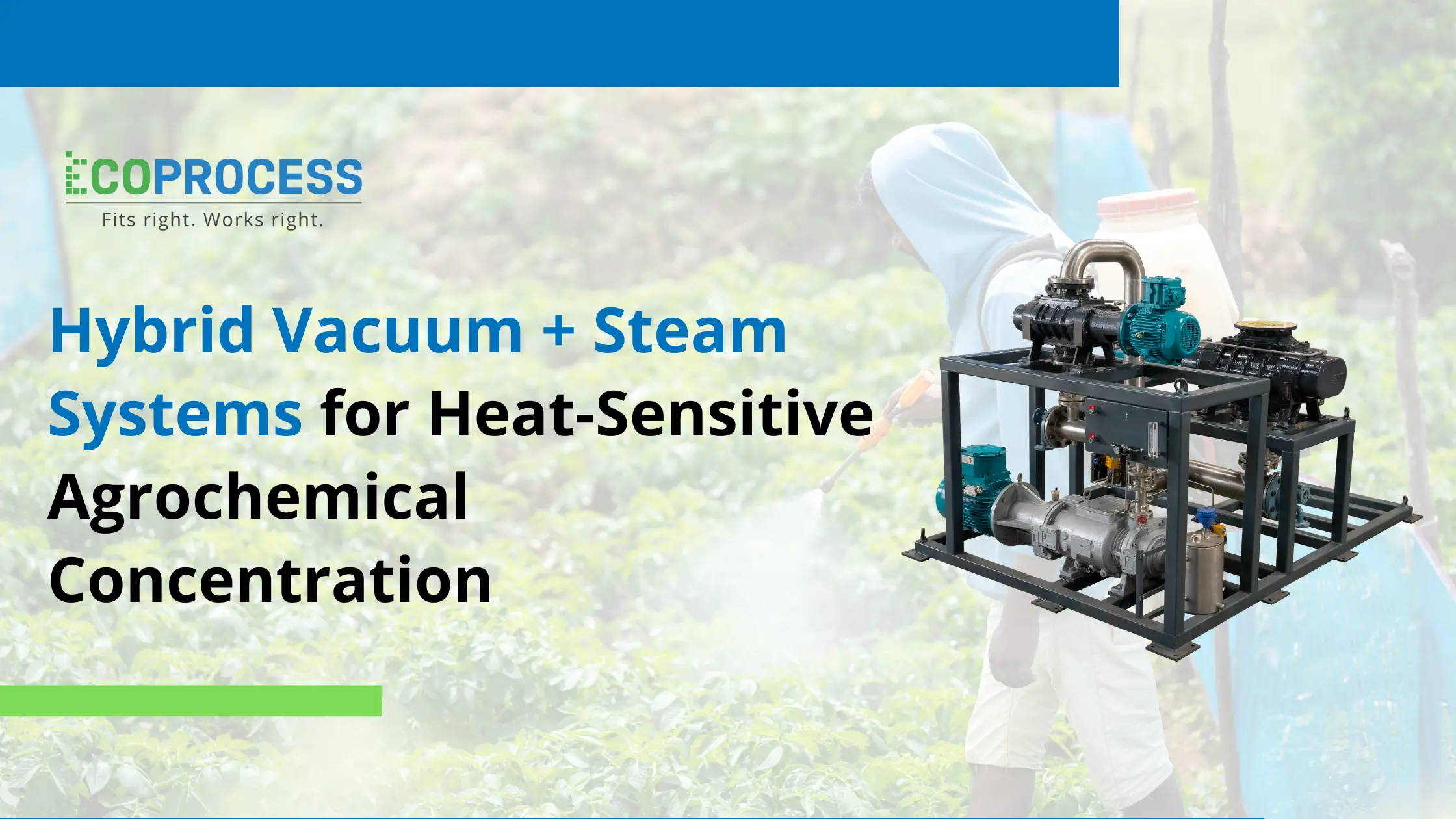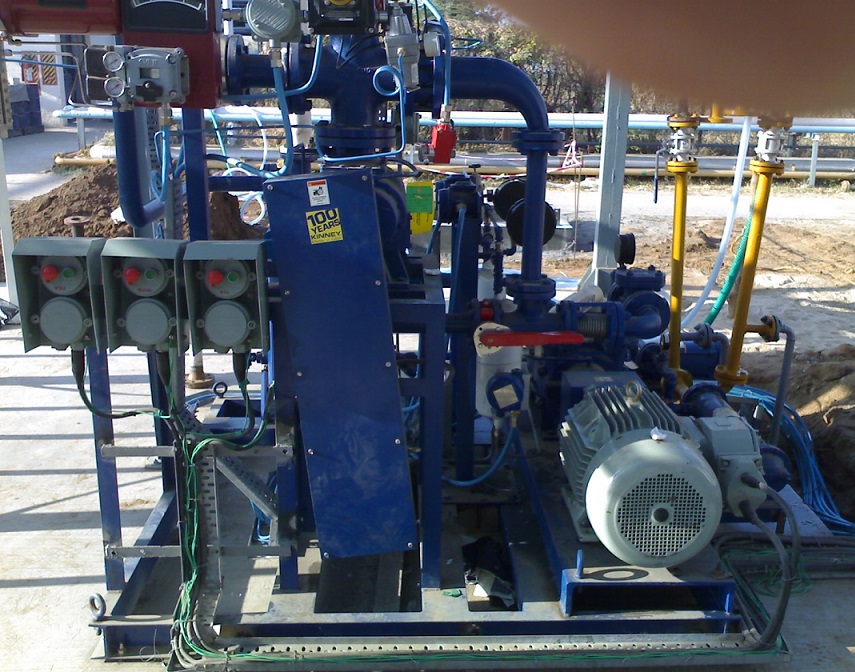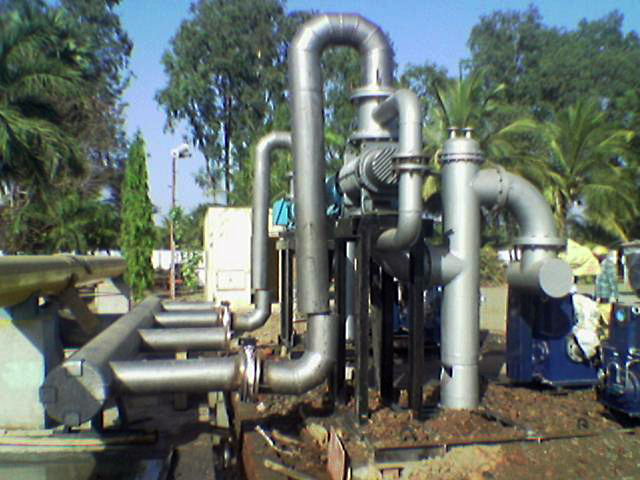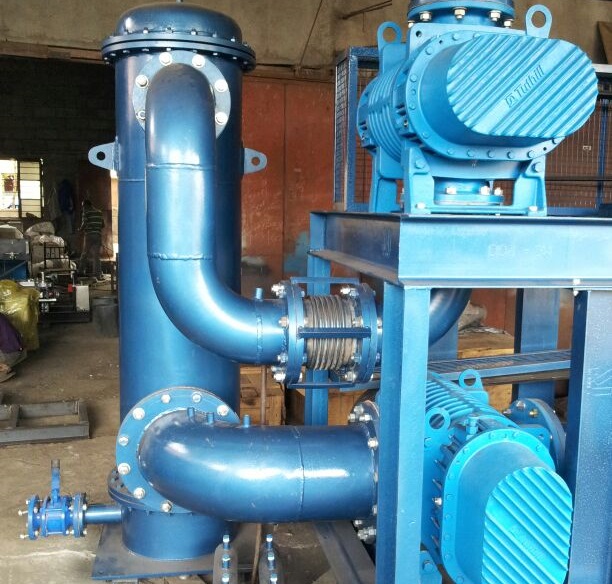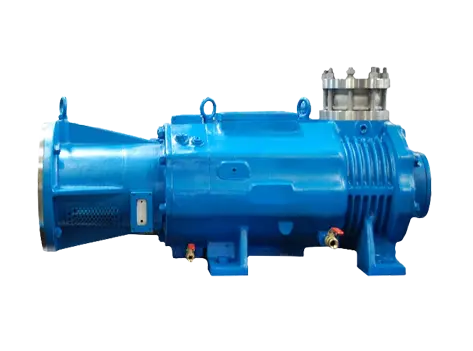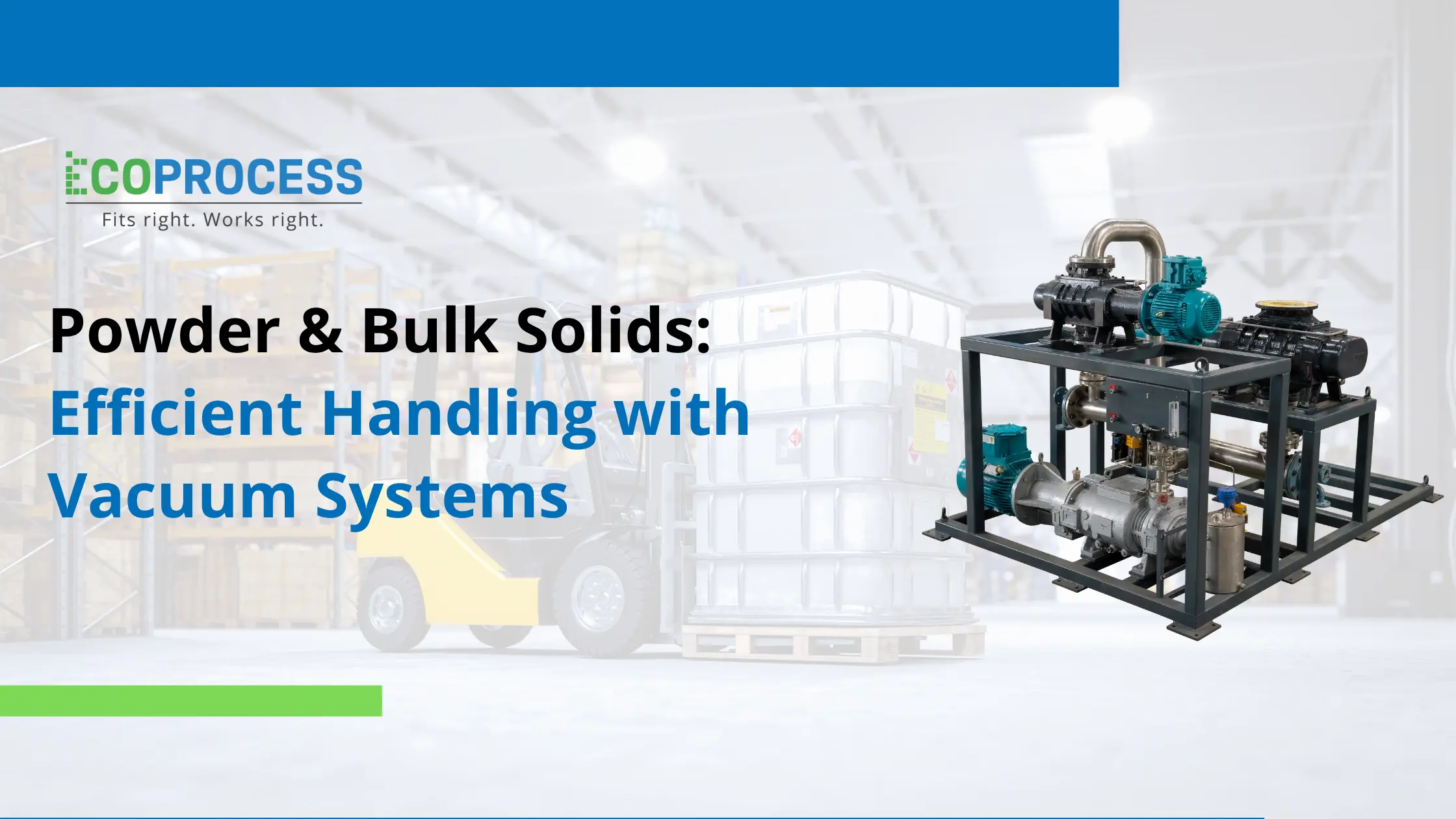
Powder & Bulk Solids: Efficient Handling with Vacuum Systems
Handling powders and bulk solids is a critical operation across industries from food and pharmaceuticals to chemicals and construction materials. Yet, it poses challenges such as dust generation, contamination risks, and inconsistent material flow.
Vacuum conveying systems provide an efficient, hygienic, and reliable solution. Using negative pressure to transport materials through a fully enclosed line, they ensure safer handling, cleaner production environments, and improved energy efficiency in bulk material operations.
Challenges in Bulk Handling
Processing powders and bulk solids isn’t as simple as it seems. Common challenges include dust control, contamination prevention, product integrity, and space efficiency. Here’s how vacuum conveying systems address each issue effectively:
1. Dust Emission & Contamination
Open conveying or manual handling often creates airborne dust, leading to contamination, product loss, and health risks. Vacuum conveying uses a fully enclosed system, virtually eliminating dust emissions and keeping workspaces cleaner and safer.
2. Product Degradation
Mechanical conveyors such as belts or screws can damage fragile powders or granules. Vacuum conveying offers a gentle transfer process that preserves particle size, texture, and quality crucial for food, pharma, and specialty chemical products.
3. Space & Maintenance Constraints
Traditional conveyors require large footprints and frequent maintenance. Vacuum systems, with fewer moving parts and compact layouts, reduce downtime and simplify cleaning, ideal for plants with limited space.
4. Safety & Hygiene Compliance
In hygiene-critical industries like dairy, pharmaceuticals, and food, vacuum conveyors made from stainless steel meet sanitary standards and support CIP (Clean-in-Place) protocols, ensuring compliance and easy maintenance.
5. Process Flexibility
Vacuum conveying systems can transport materials both vertically and horizontally through flexible tubing, making them ideal for multi-level plants or production lines that require versatile routing between process stages.
Advantages of Vacuum Conveying
Vacuum conveying systems are rapidly replacing traditional mechanical conveyors thanks to their superior performance, safety, and adaptability.
1. Enclosed, Dust-Free Operation
Operating under negative pressure, vacuum systems prevent material escape during transfer. This creates a cleaner work environment, reduces product loss, and minimizes contamination risks particularly important in regulated industries.
2. Reduced Labor & Improved Ergonomics
Automating bulk transfer eliminates manual lifting and bag handling, improving operator safety and reducing the risk of strain or injury.
3. Compact & Flexible Design
Vacuum conveying lines can be routed around existing machinery, through tight spaces, or even between floors, allowing integration without major plant modifications.
4. Safe for Food-Grade & Sensitive Materials
Constructed from FDA-compliant stainless steel and often fitted with HEPA filtration, these systems ensure hygienic, contamination-free handling for food, pharmaceutical, and specialty chemical materials.
5. Energy Efficiency & Lower Maintenance
With minimal moving parts and less mechanical friction, vacuum systems typically consume less energy and require less maintenance than mechanical conveyors reducing total cost of ownership.
6. Multi-Source, Multi-Destination Flexibility
A single vacuum conveying unit can collect material from multiple points and feed several destinations such as mixers, reactors, or packaging stations simplifying material logistics and boosting efficiency.
Case Studies in Bulk Industries
Applications Across Key Industries
Food & Beverage
A leading spice manufacturer replaced manual bag handling with a vacuum conveying system, enhancing hygiene and cutting labor hours by over 40%. The fully enclosed setup also eliminated airborne dust and cross-contamination.
Pharmaceutical
Vacuum conveyors transfer powdered excipients and APIs under sterile, closed conditions preventing contamination while maintaining compliance with GMP standards.
Chemical
Fine powders such as titanium dioxide, silica, and catalysts are safely conveyed in sealed systems, protecting operators from exposure and improving environmental safety.
Plastics
In plastics compounding and extrusion, vacuum conveying ensures consistent pellet feed, stabilizing production rates and improving final product quality.
Across all these sectors, vacuum conveying delivers cleaner, safer, and more efficient operations making it an essential component of modern bulk material handling.
Conclusion
Vacuum conveying systems are transforming the way industries handle powders and bulk solids. Their enclosed, dust-free operation ensures product purity, operator safety, and consistent material flow all while lowering energy use and maintenance demands.
For manufacturers managing bulk transfers, adopting vacuum conveying isn’t just an upgrade in efficiency; it’s a forward step toward cleaner, safer, and more sustainable production.
Frequently Asked Questions (FAQs)
1. What is vacuum conveying?
Vacuum conveying is a clean, enclosed method for transporting powders and bulk solids using negative pressure. The vacuum draws material through sealed pipelines from one point to another, ensuring dust-free, contamination-free transfer.
2. What industries use vacuum conveying systems?
Vacuum conveying is widely used across food & beverage, pharmaceuticals, chemicals, plastics, and construction materials industries wherever safe, efficient, and hygienic material transfer is required.
3. Is vacuum conveying safe for food-grade applications?
Yes. Many systems are constructed from stainless steel and designed to comply with FDA and EU food safety standards. Their smooth surfaces and clean-in-place (CIP) options ensure easy maintenance and prevent cross-contamination.
4. What are the advantages over mechanical systems?
Vacuum conveying systems minimize dust emissions, require less maintenance, offer flexible routing, and handle delicate materials more gently. In contrast, mechanical systems can cause higher wear, product loss, and contamination risk.
5. Is vacuum conveying cost-effective?
Yes. Although the initial investment may be higher, the long-term savings from lower labor requirements, reduced cleaning, and minimized downtime often deliver a rapid return on investment.

